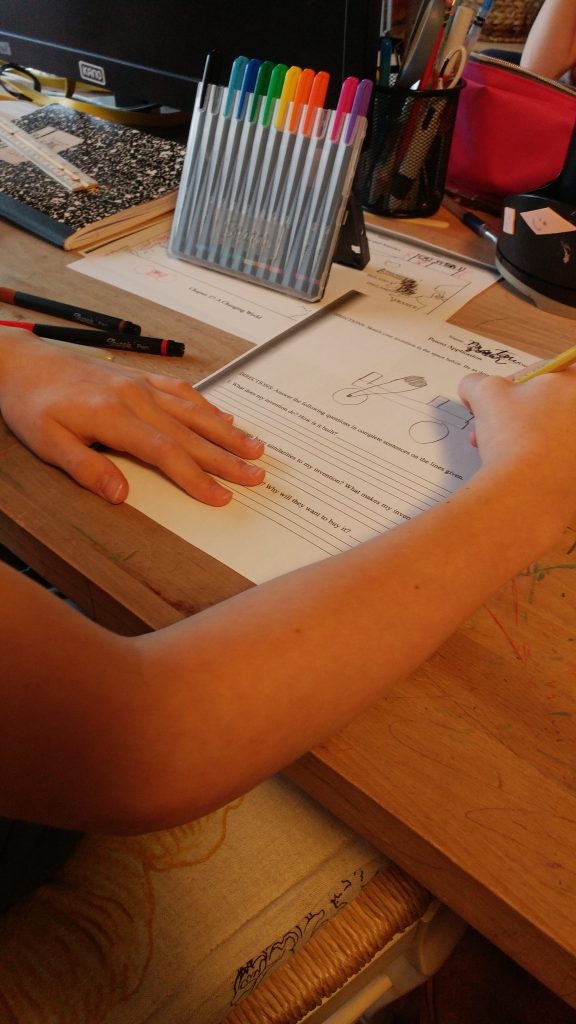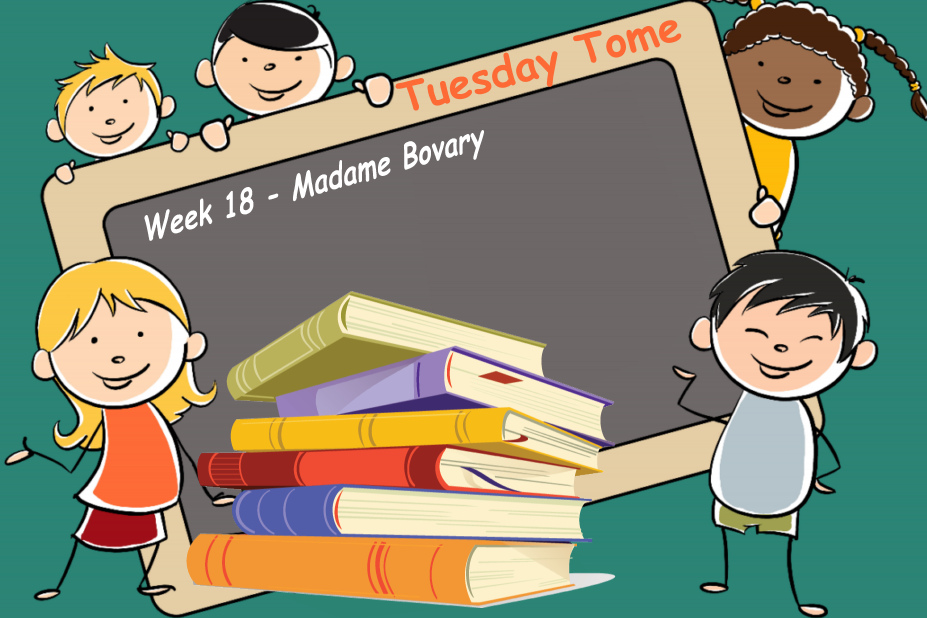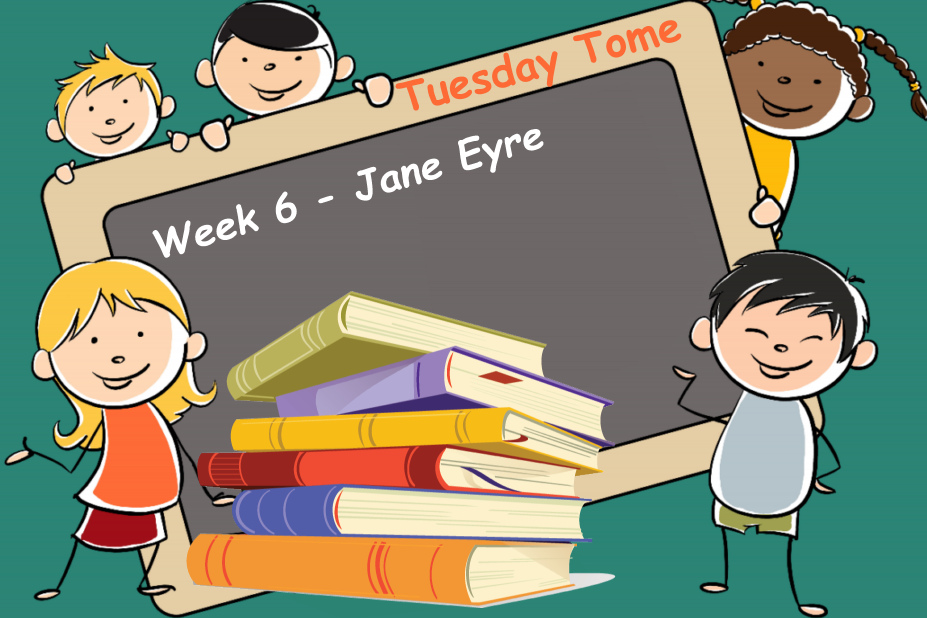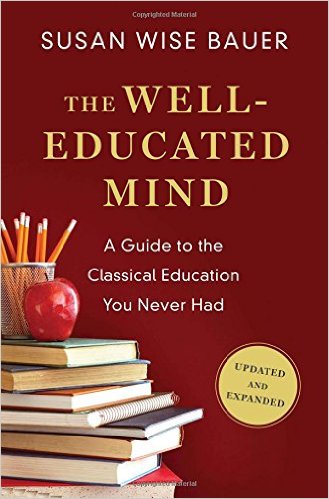I have said it before, and I will say it again: homeschooling parents should attend a homeschool conference at least once a year. Sorry for should-ing all over you, but you should. I am not saying you should spend money on transportation, hotels and restaurants to get to one. But if you have a local event, by all means change your schedule, get a second job to pay for the fee, volunteer at the conference for discounts, do whatever it takes and attend.
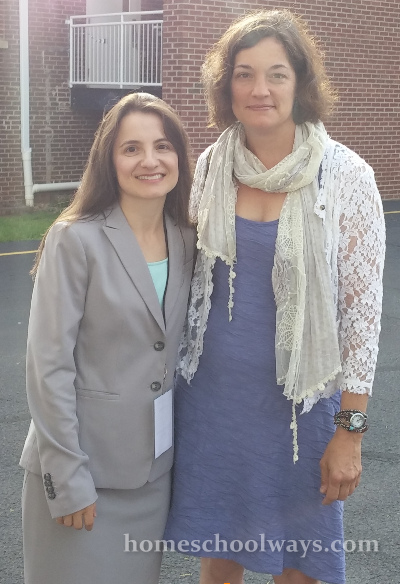
With Susan Wise Bauer at the Appalachian Home Educators Conference in Knoxville, June 2015
The reason people don’t attend homeschool conferences is that they don’t think they will get enough value out of them. I know, I know, some of you are saying, “That’s not true. Some actually can’t afford a conference.” I can agree with that only for the extremely poor, but even they make an effort to earn some extra money for something they deem valuable.
Ultimately, it is human nature to choose activity A over activity B because activity B does not offer as much satisfaction or perceived value as activity A. Sure, I understand schedule conflicts. I also understand lack of resources. I even understand the fact that homeschooling parents are afraid of being made to feel inadequate in their efforts by so-called homeschooling experts. Continue reading »
